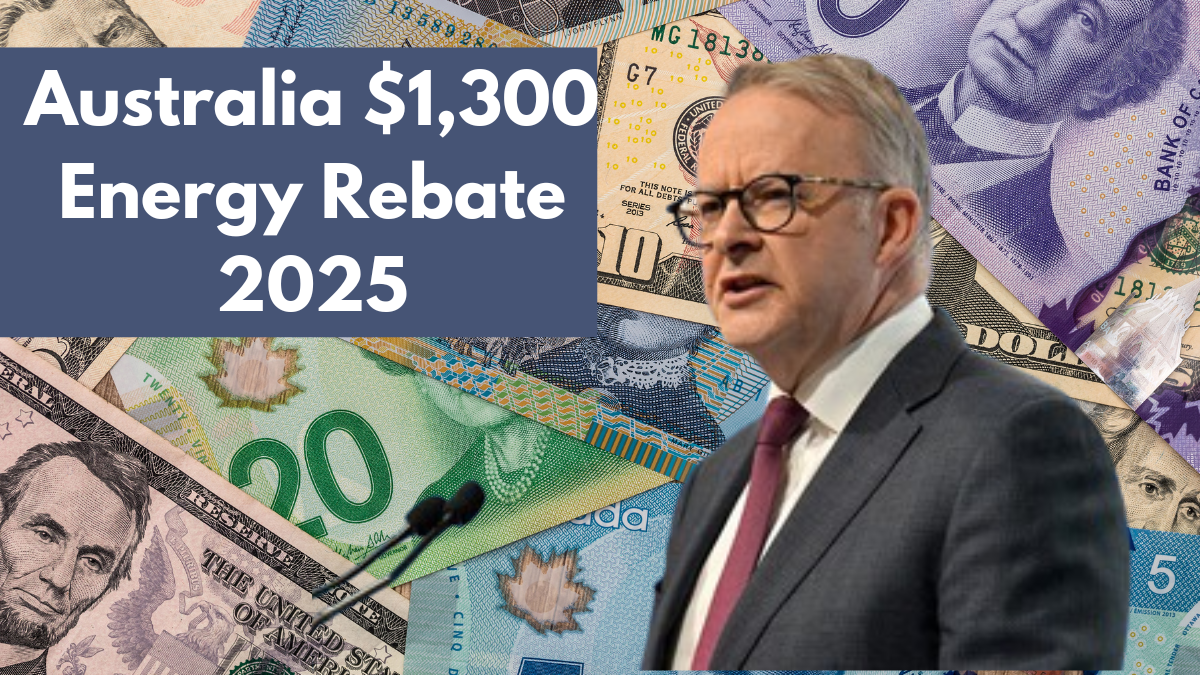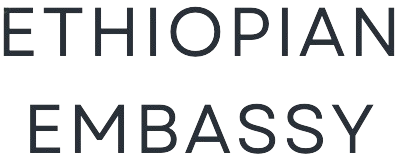As energy costs continue to rise across Australia, many households and small businesses are facing financial strain. To provide relief, the Australian government has introduced a rebate program offering up to $1,300 in financial support. This initiative, part of the Energy Bill Relief Fund, is designed to ease the burden of electricity expenses while promoting energy efficiency.
Beyond the national $300 rebate, some states, including Queensland and Western Australia, have launched additional financial aid programs to provide even greater assistance. Here’s an in-depth look at the initiative, eligibility requirements, and how you can maximize these benefits.

Understanding the Energy Bill Relief Fund
What is the Energy Bill Relief Fund?
The Energy Bill Relief Fund is a government-led initiative aimed at reducing electricity costs for both households and small businesses. Rising energy prices have put a strain on Australians, making financial support essential to help manage these expenses.
The relief is available to eligible customers through direct rebates applied to electricity bills, ensuring accessibility without requiring extensive application processes.
Who is Eligible?
The rebate program is designed to benefit:
- All Australian households with an electricity account
- Small businesses meeting energy usage criteria
- Residents in embedded networks, including those in retirement communities, caravan parks, and apartment complexes (application required)
Household Rebates: Automatic and Substantial
How Much Can You Receive?
Eligible households can receive rebates of up to $1,300, depending on their location. The base national rebate is $300, automatically credited in four equal instalments of $75 throughout the year.
For residents in certain states, additional rebates further enhance the financial relief.
Special Rebates for Queensland and Western Australia
Some states are offering supplementary rebates on top of the national program:
| State | National Rebate | State Rebate | Total Annual Rebate | Payment Schedule |
|---|---|---|---|---|
| Queensland | $300 | $1,000 | $1,300 | Lump sum (State), quarterly (Federal) |
| Western Australia | $300 | $400 | $700 | Two payments: July-August, Dec-Jan |
These additional state rebates help households manage their electricity bills more effectively, providing upfront financial relief.
How Are Rebates Applied?
For most households, the rebates will be automatically credited to their electricity bills. However, those in embedded networks must apply through their state or territory government to receive the funds.
Small Business Rebates: Essential Support for Energy Costs
How Much Can Businesses Receive?
Small businesses can also benefit from the Energy Bill Relief Fund, receiving rebates of up to $325. The exact amount depends on the state and the business’s electricity consumption level.
Energy Usage Limits for Small Businesses by State
To qualify, businesses must meet specific annual energy consumption thresholds:
| State/Territory | Maximum Annual Energy Usage (MWh) | |
| New South Wales | 100 MWh | |
| Victoria | 40 MWh | |
| Queensland | 100 MWh | |
| South Australia | 160 MWh | |
| Tasmania | 150 MWh | |
| ACT | 100 MWh | |
| Northern Territory | 160 MWh | |
| Western Australia | 50 MWh | |
| For More Details Visit Here | ||
Small businesses meeting these criteria will automatically receive rebates credited to their electricity bills in quarterly instalments.
Why This Initiative Matters Now
The Urgency of Energy Bill Relief
With inflation and the rising cost of living impacting Australians, electricity bills have become a significant financial concern. The Energy Bill Relief Fund is a timely intervention, helping ease financial pressure while ensuring that essential services remain affordable for households and businesses alike.
Government Commitment to Long-Term Energy Affordability
The expansion of the rebate program for 2024-25 demonstrates the Australian government’s commitment to mitigating energy costs over the long term. By investing in direct financial relief and promoting energy efficiency, the initiative lays the groundwork for a more sustainable and cost-effective energy future.
Maximizing Your Energy Rebates
Practical Steps to Save on Energy Costs
Receiving a rebate is just one step in reducing your electricity expenses. Here are additional strategies to make the most of your energy relief:
- Monitor Your Energy Usage: Use tools from your energy provider to track and reduce unnecessary consumption.
- Compare Energy Providers: Shop around for better deals and switch providers if necessary.
- Invest in Energy Efficiency: Upgrade to energy-efficient appliances and improve home insulation to lower long-term costs.
- Take Advantage of Payment Plans: Some energy providers offer budget billing options to distribute costs more evenly throughout the year.
Payment Schedule and Application Process
Rebates will begin rolling out in July 2024, with federal payments applied quarterly. State-specific rebates will follow their respective payment schedules. To stay updated, households and businesses should check with their energy providers and local government websites.
Future of the Australian Energy Bill Relief Fund
The Energy Bill Relief Fund is not just a short-term solution; it reflects a broader effort to make energy more affordable. With continued investments in renewable energy and efficiency programs, Australians can expect further initiatives aimed at reducing long-term electricity costs.
By taking full advantage of available rebates and implementing energy-saving strategies, households and businesses can mitigate rising costs while contributing to a more sustainable future.
Frequently Asked Questions (FAQs)
1. Who qualifies for the energy rebates?
All Australian households with an electricity account automatically qualify for the national $300 rebate. Small businesses may also be eligible based on their energy consumption.
2. How do I receive my rebate?
Rebates are automatically applied to electricity bills in quarterly instalments. Households in embedded networks must apply through their state or territory government.
3. What if I live in Queensland or Western Australia?
Residents in these states receive additional state-funded rebates: up to $1,000 in Queensland and $400 in Western Australia. These payments are made separately from the national rebate.
4. Do small businesses need to apply for the rebate?
No, eligible small businesses will receive their rebate automatically, provided they meet their state’s energy usage criteria.
5. When will I see the rebate on my bill?
Federal rebates begin in July 2024 and will be distributed quarterly. State-specific payments vary based on location.
6. How can I reduce my energy bill beyond rebates?
Monitoring energy consumption, switching providers, and investing in energy-efficient appliances can help lower costs in the long run.
By taking advantage of these rebates and implementing smart energy practices, Australian households and businesses can reduce their financial burden and move towards a more sustainable energy future.
For More Information Click Here
